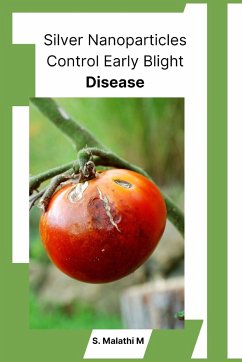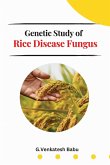Silver nanoparticles have emerged as a potential tool in the management of early blight disease in Solanum lycopersicum L. caused by fungal pathogen Alternaria solani. In recent years, nanotechnology-based strategies have been developed for disease management that have shown promising results. One of these strategies is the use of silver nanoparticles, which have been found to exhibit strong antifungal activity against various plant pathogens. The biosynthesis of silver nanoparticles is a green synthesis approach that is sustainable and environmentally friendly. The use of biogenic nanoparticles in plant disease management has gained attention due to their low toxicity and eco-friendliness. Phytochemicals and plant extracts containing metal ions act as capping agents and reduce metal ions to form metal nanoparticles. These biosynthesized nanoparticles possess unique physicochemical properties and exhibit excellent antimicrobial activity against plant pathogens. The biosynthesis of silver nanoparticles is a simple, cost-effective, and eco-friendly approach that has been extensively studied for its antimicrobial activity. Silver nanoparticles synthesized using Solanum lycopersicum L. extract have been shown to effectively control early blight disease caused by Alternaria solani. The minimal inhibitory concentration of the synthesized nanoparticles was found to be lower than that of the standard fungicide used in disease management. The antifungal activity of silver nanoparticles is attributed to their small size, high surface area, and unique physicochemical properties. These nanoparticles interact with the fungal cell wall and membrane, causing damage and inhibiting fungal growth. The synergistic effect of plant extracts and silver nanoparticles has been found to enhance the antifungal activity and provide better disease management. In addition to disease management, silver nanoparticles also have a positive impact on plant growth promotion, stress tolerance, and defense signaling. They enhance plant hormone levels, induce systemic acquired resistance, and stimulate the production of plant secondary metabolites, which play a crucial role in plant immunity and disease resistance. In conclusion, silver nanoparticles synthesized using Solanum lycopersicum L. extract possess strong antifungal activity against Alternaria solani and have the potential to be used as an alternative to chemical fungicides. The use of these nanoparticles in disease management is a sustainable and environmentally friendly approach that can contribute to a healthy and safe food supply.








